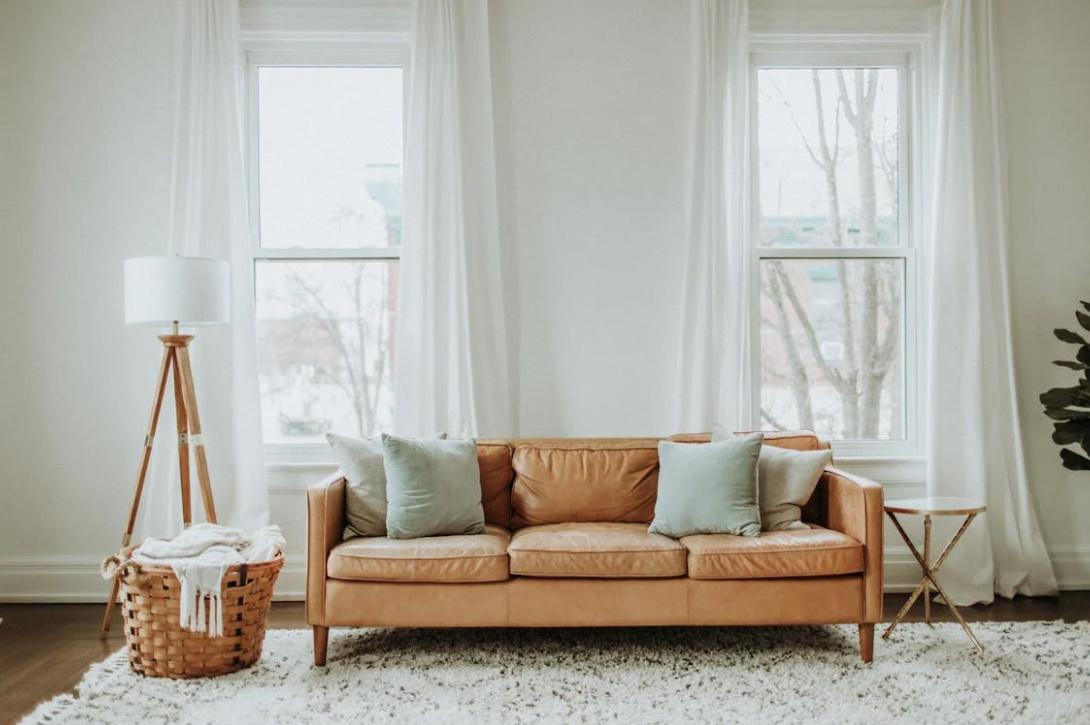There’s nothing wrong with owning lots of things, but it will eventually reach a critical point where you will need to declutter your life of unnecessary items. Some people are thinking ahead by adopting a minimalist lifestyle which has become popular over the last few years. If you think being minimalist works for you, then follow this short guide to a simpler and more tranquil life free of clutter.
What is a minimalist lifestyle?
From the name itself, adopting a minimalist principle in your life involves owning as few items as possible. This perspective allows you to see the practical side of being a consumer. You only need items you deem unnecessary. Anything that doesn’t satisfy immediate needs should be cut down to size or discarded entirely.
Revolving around a “less is more” ethos, minimalism is all about decongesting your home, workspace, and other personal environments of too much stuff. It’s a personal philosophy bent on helping you develop satisfaction over what’s available and address unhealthy obsessions.
It sounds like a simple concept, but people who choose that lifestyle will have to sacrifice a lot and be in the right mindset to pull it off. Here are a few key points to consider:
1. Do an inventory of the things you own
A minimalist lifestyle starts with identifying the things in your possession and classifying them into essential and non-essential items. Personal collections should be your point of departure, so consider giving them away or auctioning them off. It’s easier said than done, but it would hardly be an emotional separation if you realize these collectibles have already taken up too much space. That’s only the beginning. You may also need to go from room to room and figure out if you have too many of the same item in store.
2. Develop an effective system
Now that you have a good idea of what to discard, you will need to come up with a good strategy for decluttering every area of your home. You can always start with your bedroom because this is often the place where you keep tons of unused and underused items. Get two separate boxes for essential and non-essential items and spend an entire day removing items you no longer need. Do the same to the other areas of your home one day at a time.
3. Know what to do with the clutter
Everything from clothes to books you haven’t read is still valuable to some people, so it’s important not to classify every item as junk. You can always opt to sell high-value objects at a yard sale. You can also give certain items to a charity or foundation.
You can schedule a Goodwill donation pickup or take part in charity drives that gather used clothes, utensils, and other materials for hard-working families. It’s a big win for you on account of the extra space you’ve saved and for the people who receive your donations. You can also give away some of these items to friends or family members you can trust, especially if you’re giving out valuable collector’s items.
4. Avoid spending more and getting more
Consider simplifying your wardrobe by focusing on versatile pieces that don’t go out of style. This can help you manage spending and reduce clutter in your closet. While adopting this principle, you might explore options like the top women’s dresses in UAE & KSA as an example of combining function with fashion.
A minimalist lifestyle doesn’t involve just decluttering your home. It’s also developing a practical mindset. Instead of buying new clothes to match every new trend that comes along, go for a wardrobe containing thrift store finds that never go out of style. This lifestyle challenges you to take full control of your expenses. It lets you weigh down on the long-term benefits of an item before you purchase it.
Consistent practice is needed before you develop enough wisdom to avoid going on a needless shopping spree. Minimalism can also cover your dieting habits. Rather than preparing a grand meal, you can still make do with a simple one using choice ingredients.
5. Go for value and sentimentality
One thing that many people seem to get wrong about minimalism is the idea that it centers on monotony. Some may even think of minimalists as people who wear monochromatic clothes and live in colorless and lifeless homes. The truth is that minimalism focuses on getting the most value out of a single item rather than basing happiness on the number of possessions. For example, using custom iron on patches is a creative way to personalize and repurpose clothing or accessories with meaningful designs, while staying aligned with minimalist values. A minimalist life, after all, teaches you to appreciate the littlest things.
Endnote
Adopting a minimalist lifestyle requires sacrifices, many of which are hard to make. It’s no easy feat, but your success will yield great returns, clarity of mind being one of them.


Valued ideas here to adopt a minimalist lifestyle. Declutter the space with innovative approach and a creative touch.
I try to be minimalistic as much as possible but as you rightfully said, it is a lifestyle and our old habits get in our way sometimes to achieving this kind of lifestyle. I love it and I will continue to learn and apply these guidelines. Thank you soooo much. Very helpful tips.
I’ve been looking for ways to declutter and simplify our home, and your guide is super helpful. I especially appreciate the advice on starting with an inventory and knowing what to do with the clutter. Can’t wait to implement these ideas and create a more tranquil space for my family!
I love the idea of living minimally but with two kids I don’t feel it’s possible right now!